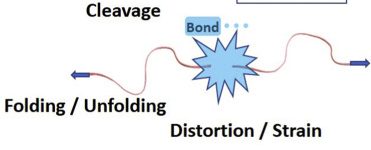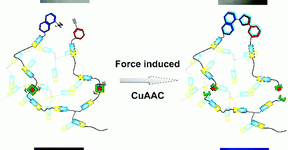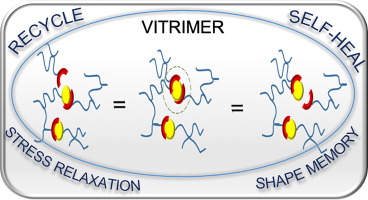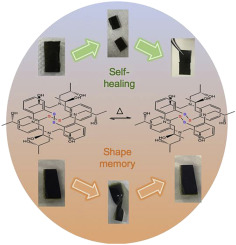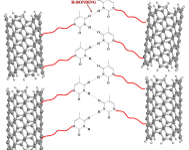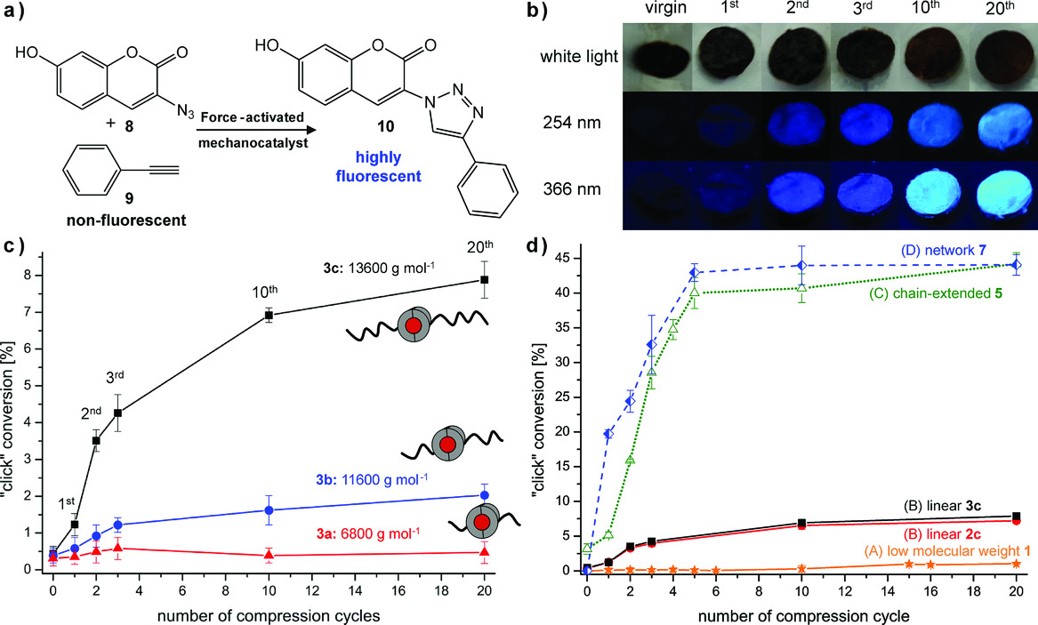Terminal flow of cluster-forming supramolecular polymer networks – single-chain relaxation or micelle reorganization?
Mordvinkin, A., et. al. Phys. Rev. Lett. 2020, 125, 127801, https://journals.aps.org/prl/accepted/6907cYe2G6b10f7bf0d70da94c6a3d21a2892f6e5
We correlate the terminal relaxation of supramolecular polymer networks, based on unentangled telechelic poly(isobutylene) linear chains forming micellar end-group clusters, with the the microscopic chain dynamics as probed by proton NMR. For a series of samples with increasing molecular weight, we find a quantitative agreement between the terminal relaxation times and their activation energies provided by rheology and NMR validating the transient network model and the special case of the sticky Rouse model, and dismissing more dedicated approaches treating the terminal relaxation in terms of micellar rearrangements. Copyright © 2020 by American Physical Society.



